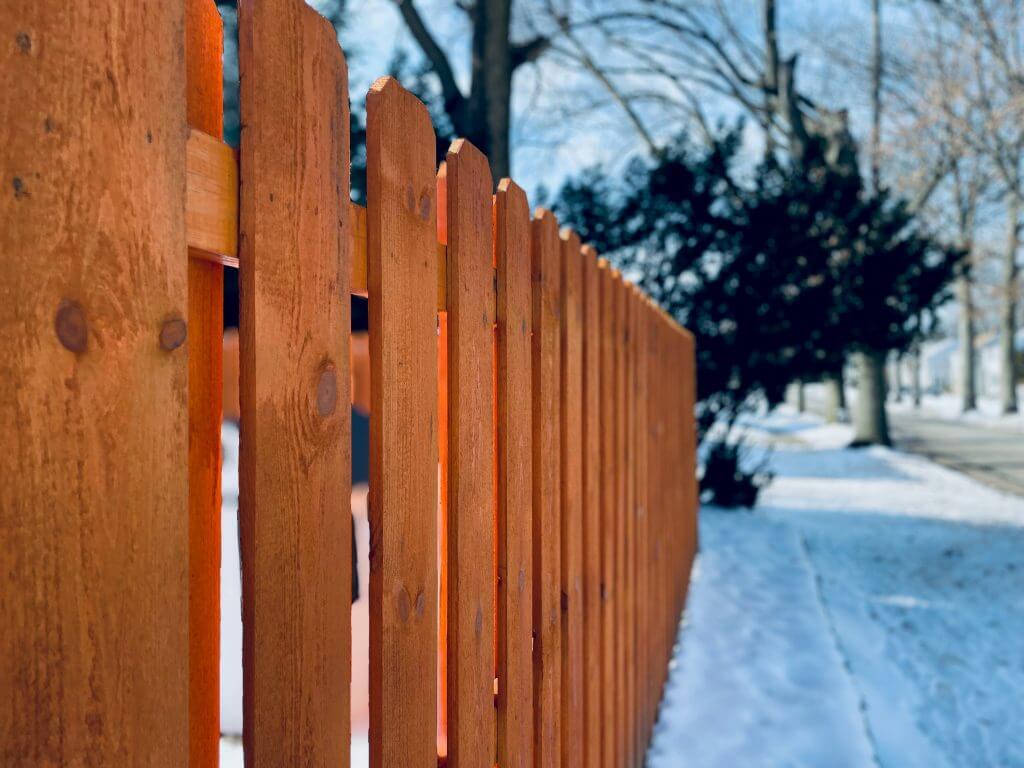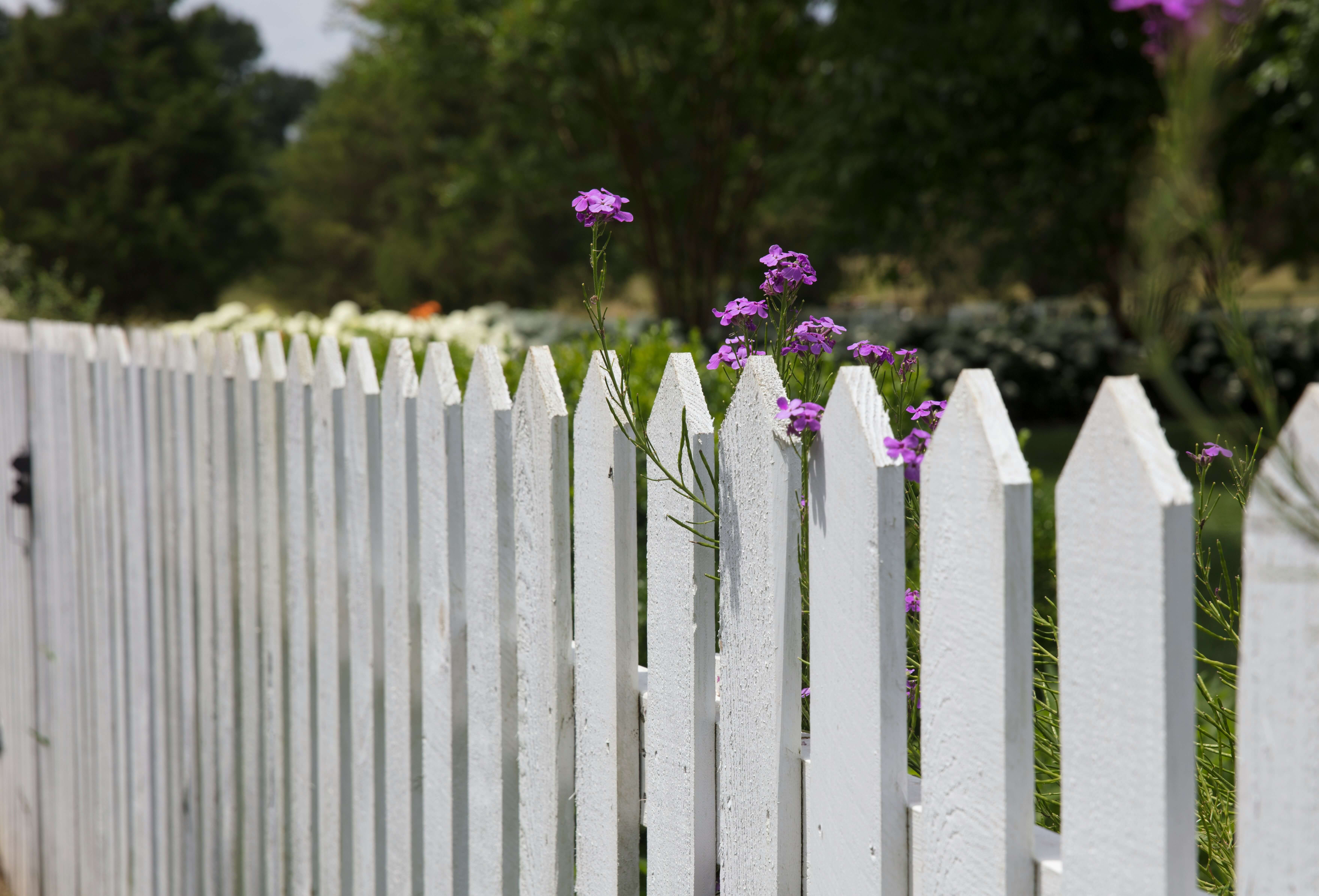Fence Size Guide: Heights, Widths & Best Uses for Your Yard
When it comes to fencing your yard, there are several important factors to consider, from the ideal height and width to the best type of fence for your needs. Whether you want to increase privacy, boost curb appeal, or add a protective barrier for pets or children, the right fence can make all the difference. This guide will walk you through the key sizing considerations and help you select the best fence for your yard.

What to Consider When Choosing a Fence Size
Before diving into the specifics of fence sizes, it’s important to understand what factors play into your decision. When selecting a fence for your yard, think about:
- Purpose: Are you looking for privacy, security, decoration, or boundary marking? Each type of fence will come in different sizes, and some may be better suited for specific goals.
- Local Regulations: Some cities and neighborhoods have specific height limits or requirements for fences, especially in front yards or near streets.
- Property Lines: Ensure you understand your property lines to avoid disputes with neighbors. You may need a survey to clarify boundaries.
- Aesthetics: The size of the fence should complement your home and landscaping, whether you’re aiming for a more open feel or a more enclosed, private space.
Standard Fence Heights and Their Best Uses
The height of your fence plays a crucial role in determining how functional and private it is. Here’s a breakdown of typical fence heights and what they’re best used for:
4-Foot Fences
- Best for: Front yards, decorative purposes, garden borders, and marking boundaries without blocking sightlines.
- Why choose this height: A 4-foot fence is great for enhancing the curb appeal of your home while maintaining visibility. It’s perfect for homeowners looking to define their yard without obstructing views or creating a visual barrier.
- Materials to consider: Wood, vinyl, and wrought iron are common fence material choices at this height.

5-Foot Fences
- Best for: Moderate privacy, backyard enclosures, pet barriers, and decorative fencing.
- Why choose this height: A 5-foot fence is the most versatile option. It offers more privacy than a 4-foot fence, while still maintaining an open feel. This height is also commonly used for defining property lines in residential areas and providing a secure space for pets or small children.
- Materials to consider: Wood, composite, vinyl, and chain link work well at this height.
6-Foot Fences
- Best for: Privacy, security, and more enclosed backyards.
- Why choose this height: A 6-foot fence is the most popular height for creating full privacy in backyards, keeping prying eyes out and ensuring a safe, enclosed space for children or pets. It’s the ideal choice if you want to block views from neighbors or provide a strong boundary around your property.
- Materials to consider: Wood, vinyl, composite, and vinyl-coated chain link are great materials for privacy fences at this height.

8-Foot Fences
- Best for: Maximum privacy and security, boundary definition for large properties.
- Why choose this height: An 8-foot fence offers full privacy and creates a definitive barrier for your property. This height is ideal for homeowners in busy or urban areas who need more protection from street traffic or nosy neighbors. It’s also excellent for creating an extra layer of security.
- Materials to consider: Wood, vinyl, and aluminum are common materials for tall fences. Keep in mind that taller fences may require additional structural support.
Choosing the Right Fence Width
While height is often the main focus, fence width also plays a significant role in the fence’s functionality and aesthetics.
- Standard Widths: The most common width for a fence panel is 6 to 8 feet. This width offers a balance between privacy and openness, allowing for a sturdy structure without looking overly bulky.
- Narrower Widths: For specific designs, such as a picket fence, you may opt for narrower widths (3 to 4 feet) for a more delicate, traditional appearance. This option can be ideal for front yards or smaller spaces.
- Wider Panels: Wider panels (10 feet or more) are typically used for privacy fences in larger backyards, providing quick installation and fewer posts. However, they may not work as well for areas that require a more decorative touch.
Best Fence Size by Type & Usage
Once you have a clearer idea of what height and width will work best for your needs, here are some recommendations for fence types and uses:
Privacy Fencing
- Height: 6 feet or more
- Best for: Backyards, pool enclosures, and areas where you need to block out neighbors or street views.
- Recommended Materials: Wood, vinyl, composite.
Security Fencing
- Height: 6 to 8 feet
- Best for: Enclosing property lines, protecting pets, or creating a security boundary.
- Recommended Materials: Wrought iron, aluminum, chain link.

Decorative Fencing
- Height: 3 to 4 feet
- Best for: Front yards, garden borders, or accent fencing around landscaping.
- Recommended Materials: Wrought iron, aluminum, vinyl, or picket wood.
Pet Fencing
- Height: 4 to 6 feet
- Best for: Keeping pets contained in the backyard.
- Recommended Materials: Wood, vinyl, composite, or chain link.
Pool Fencing
- Height: 4 to 6 feet
- Best for: Creating a safe enclosure around a pool area.
- Recommended Materials: Aluminum, vinyl, or wrought iron (for aesthetic appeal and safety).

Final Thoughts on Choosing the Right Fence Size for Your Yard
Selecting the right fence size is essential for ensuring your fence serves its intended purpose while enhancing the aesthetic appeal of your yard. Whether you’re looking for privacy, security, or simply to define your boundaries, it’s important to carefully consider the factors like height, width, and materials. By understanding how different fence sizes serve specific functions — such as creating a private oasis or adding a decorative touch — you can choose a new fence that fits both your needs and your budget.
When determining the ideal fence size for your yard, think about your primary goals, your home’s design, and your local regulations. With the right size and material, your fence can offer the perfect combination of style, security, and privacy. Ready to transform your yard with the perfect fence? Contact a local fencing contractor today for a personalized quote and expert advice!


